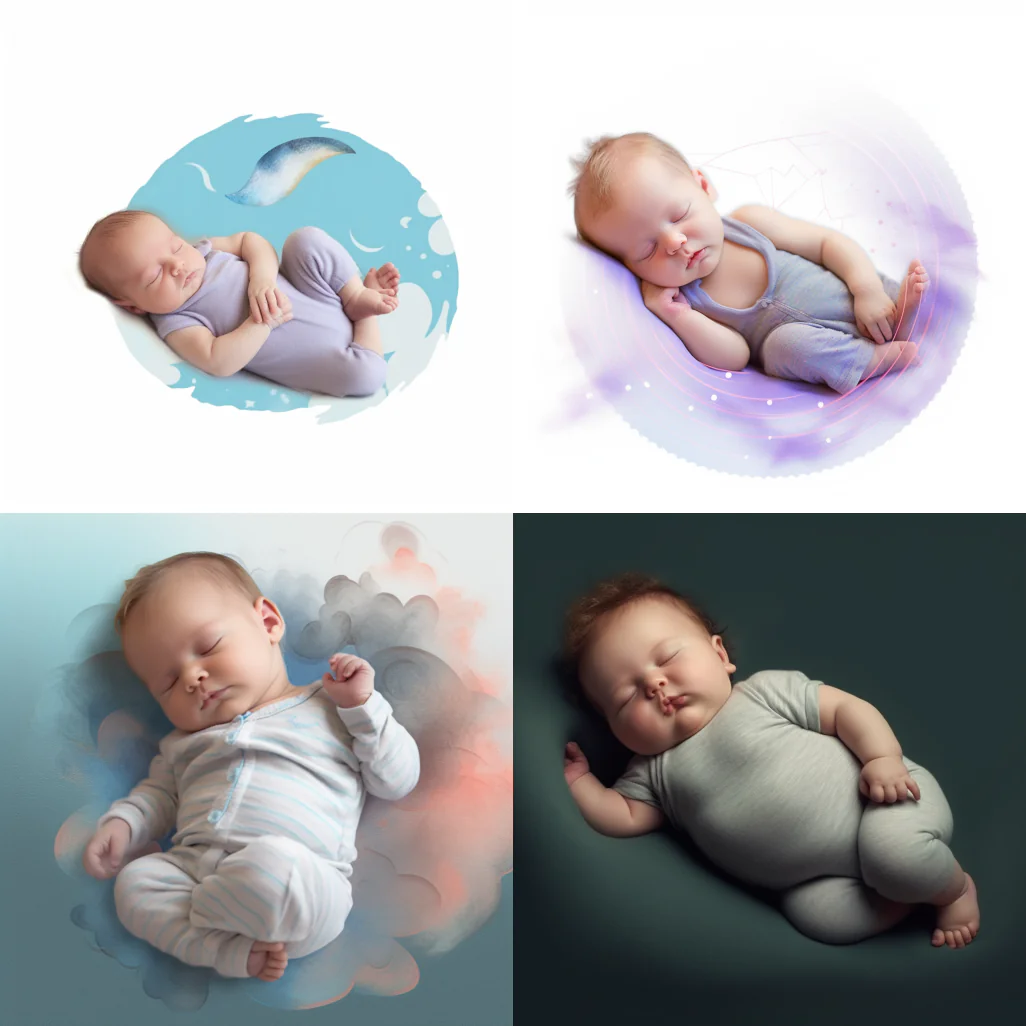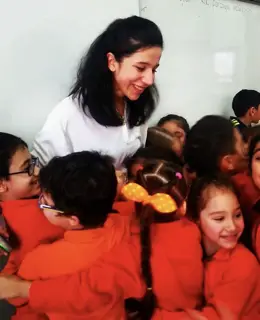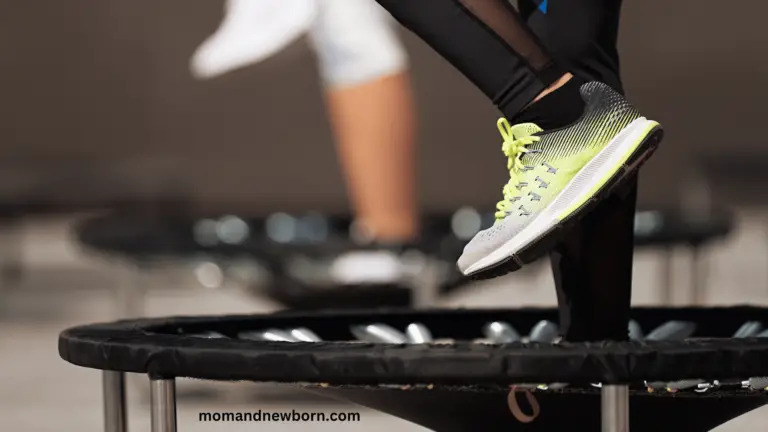Baby’s Sleeping Position: The Butts Up Mystery Unveiled!
Why do babies lift their bum while sleeping?
Babies may lift their bum while sleeping for various reasons, but one of the most common is adjusting their position and finding a more comfortable one. Babies who spend a lot of time lying on their backs may naturally shift their weight to alleviate any pressure or discomfort on their back, neck, or head.
In addition, babies may lift their bum while sleeping as a reflexive response to certain stimuli, such as sudden noise or movement. This can cause them to briefly tense or arch their back, lifting their bum off their sleeping surface.
Is it OK for babies to sleep with their bum in the air?
It is generally okay for babies to sleep with their bums in the air as long as they are otherwise comfortable and safe. This sleep position is not harmful and is natural for many babies.
However, ensuring that the baby’s sleeping environment is safe and conducive to healthy sleep is important. This includes placing the baby on a flat, firm surface with no soft objects or loose bedding that could pose a suffocation risk. Putting the baby on their back to sleep is also important, which is the safest position for reducing the risk of sudden infant death syndrome (SIDS).
Why do babies like when you tap their bum?
Babies may enjoy tapping their bum or patting because it can provide a soothing sensation and mimic the rhythmic movement they experienced while in the womb. In the womb, babies are surrounded by constant movement and vibration, which can be calming and comforting.
Tapping or patting the baby’s bum can also create a gentle, repetitive noise that can be soothing and help them relax. This gentle stimulation can be particularly effective in calming a fussy or upset baby. It is a common technique parents and caregivers use to help soothe babies to sleep.
Why do babies grab your face while going to sleep?
Babies may grab your face while going to sleep for a few reasons. One possible explanation is that babies often find comfort in physical touch and closeness, and touching your face can be a way for them to feel connected to you as they drift off to sleep. Your face may also be a familiar and comforting object for the baby to focus on as they settle into sleep.
Additionally, babies are tactile learners and may explore and learn about their environment through touch. Touching and feeling your face may allow the baby to explore and learn about your features and the sensations associated with communication.
Finally, some babies may use grabbing or holding onto objects as a self-soothing technique. By holding onto your face or another thing, the baby may be able to regulate their emotions and calm themselves down.
Why does my baby put her fingers in my mouth?
Babies often explore their environment and the people around them through touch and by putting objects in their mouths. If your baby puts their fingers in your mouth, it may simply be a way for them to explore and learn about your mouth and teeth.
Babies also have an instinct to suck, and putting their fingers or other objects in their mouths can provide them with comfort and self-soothing. They may seek the same sensation by putting their fingers in your mouth.
Another possibility is that your baby seeks a connection with you through this physical interaction. Babies enjoy physical contact with their caregivers and may seek closeness or comfort by putting their fingers in your mouth.
What position helps babies fart?
Several positions may help babies pass gas or fart more easily:
- Tummy Time: Place your baby on their tummy across your lap or on a firm surface. This position can help release trapped gas and strengthen their neck, back, and shoulder muscles.
- Knee-to-Chest Position: Press your baby’s knees into their chest while lying on their back. This position can help release gas from the lower intestine and ease any discomfort from the trapped gas.
- Bicycle Legs: While your baby is lying on their back, gently move their legs in a bicycling motion. This can help stimulate the digestive system and relieve gas.
- Colic Hold: Hold your baby upright against your chest, with their chin resting on your shoulder. Gently rub their back in a circular motion to help release trapped gas.
Where should you not put a baby to sleep?
- On their stomach: Placing a baby to sleep on their stomach increases the risk of Sudden Infant Death Syndrome (SIDS) and should be avoided.
- Soft surfaces: Soft surfaces like couches, sofas, or waterbeds are unsafe for babies to sleep on as they increase the risk of suffocation and overheating.
- With loose bedding or soft objects: Loose bedding, such as blankets or pillows, and delicate objects, such as stuffed animals or toys, can pose a suffocation risk and should not be placed in a baby’s sleep area.
- In an adult bed: Sleeping with a baby in an adult bed can increase the risk of suffocation, entrapment, and SIDS. It is recommended that babies sleep in their separate sleep areas, such as a crib or bassinet.
- In a car seat, stroller, or swing: While it is safe for babies to ride in car seats, strollers, or swings when they are awake and supervised, it is not safe for them to sleep in these devices for an extended period as they can restrict breathing and increase the risk of suffocation.
You may also be interested: Will ceiling fan make newborn sick?
Why do babies like to be hugged?
Babies like to be hugged for several reasons. Firstly, hugging provides them a sense of physical closeness and comfort, which can be soothing. Hugging also releases feel-good hormones such as oxytocin in both the baby and the person doing the hugging, creating a positive emotional connection and promoting bonding.
In addition, babies are born with an instinct to seek physical contact and closeness with their caregivers. This instinct is known as “attachment” and is critical for a baby’s emotional and social development. Hugging and other forms of physical touch can help satisfy this instinct and give babies the sense of security and safety they need to develop healthy attachment relationships.
Furthermore, studies have shown that babies who are regularly hugged and touched tend to cry less, sleep better, and have lower levels of stress hormones. Embracing can also help regulate a baby’s body temperature, heart rate, and breathing, positively impacting their health and well-being.
At what age can you throw a baby in the air?
Throwing a baby in the air is generally not recommended, regardless of age. Throwing a baby in the air can be dangerous and increase the risk of injury, particularly to the head, neck, and spine.
While some playful lifting or tossing of babies may be seen as a fun way to interact and bond, ensuring that any such activity is done safely and under close supervision is important. Parents and caregivers should be cautious about lifting or tossing babies in the air and never do so in a way that could put the baby at risk of injury.
Why do babies sleep with their hands by their head?
Babies often sleep with their hands by their heads or faces for several reasons. Firstly, this position can be a natural extension of the fetal position they adopt while in the womb. In the womb, babies are curled up with their hands and feet tucked in, and they may continue to find this position comfortable and soothing after birth.
In addition, babies often need physical touch and closeness, and sleeping with their hands near their faces or head can provide them with a sense of security and comfort. This position can help them feel protected and close to their own body, which can be particularly comforting when they are separated from their caregivers during sleep.
Furthermore, sleeping with their hands near their head or faces can be self-soothing for some babies. By touching their face or head, babies can create a gentle, repetitive movement or sensation that can be calming and help them relax.










One Comment